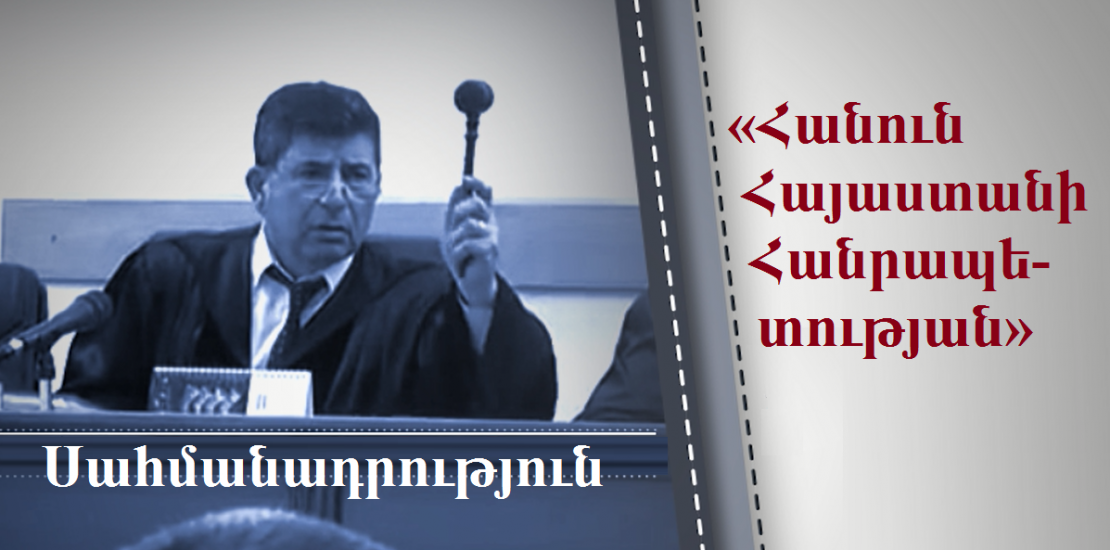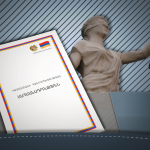It is no secret that currently there are innumerable complaints about the judicial system in Armenia. Proponents of the new draft of the constitution claim that this sphere has been significantly improved. Hence, let us try to understand what the situation is in reality.
- By the current constitution, all the verdicts in Armenia start with the words “In the name of the Republic of Armenia”. However, such a point is not included in the proposed draft of the constitution. This means that, at least symbolically, the state refuses to assume responsibility for its own judicial system.
- Currently, four judges of the Constitutional Court are appointed by the president, and five judges are appointed by the National Assembly, which can somehow ensure the independence of the Constitutional Court. However, the procedure of formation of the Constitutional Court has been radically changed by the new draft of the constitution. In particular, the National Assembly will elect nine members of the Court, three of which are nominated by the president of the republic, three – by the government, and the other three – by the General Assembly of Judges.
- It results that the judges of the Constitutional Court will be elected by the institution which will most often be the respondent in that court (first of all, within the framework of the cases of constitutionalism of the laws). Moreover, six out of nine candidates will be elected by the government formed by the parliamentary majority and president elected by the National Assembly. It is obvious that such a situation will result in the dependency of the Constitutional Court on the legislative body, more specifically, on the ruling party.
- The same situation can be observed in case of the Court of Cassation because according to the draft, the judges of the Court of Cassation will be appointed by the President on the recommendation of the National Assembly. In other words, the president’s role is solely that of a signer of the decree on appointing the elected candidate. And the election itself is vested in the National Assembly or, more precisely, the ruling party having the majority.
- According to the draft, “the judges of the Courts of First Instance and Courts of Appeal are appointed by the President of the republic based on the recommendation of the Supreme Judicial Council. Basically, there have been no changes in the formation mechanism of the courts with which ordinary citizens deal. Hence, there is no use in discussing the changes in the independence and impartiality of those courts.
- By the current Constitution, anybody can appeal to the Constitutional Court with a specific case if he/she has exhausted all remedies and disputes the conformity of the law applied towards him to any provision of the Constitution. But by the new draft, the citizen can challenge the contradiction of the law with only the second chapter of the Constitution. The citizen does not have such an opportunity when the law contradicts any other provision of the Constitution.
- In case of changing the Constitution, the formation procedure of the Council of Justice will also change significantly. Currently, it is composed of 13 members, nine out of which are judges and 4 are legal expert scientists. By the new draft, it will be called Supreme Judicial Council. Five out of its ten members will be judges and the five legal expert scientists will be elected by the National Assembly. It results that the majority in the National Assembly, i.e. the ruling party, will have control over 50 percent of the votes in the main institute that forms the judiciary and will be able to block the “undesirable” judge candidates.
“Union of Informed Citizens”


 Հայ
Հայ Рус
Рус



